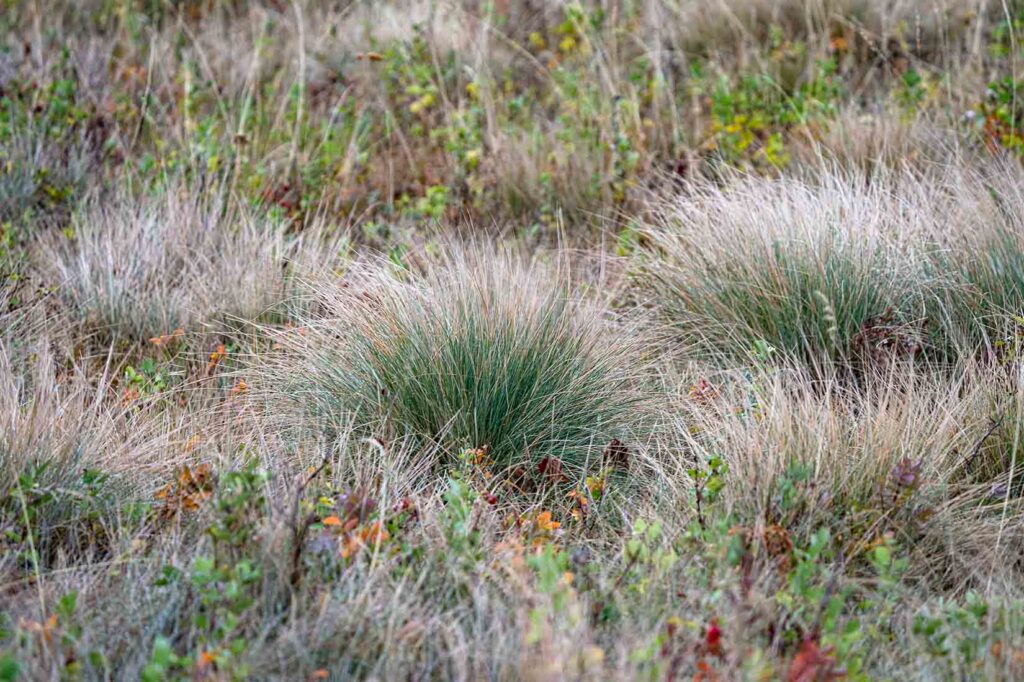
The late Ray Knight used to say “What we have had in the past we will have again in the future,” meaning that wet years, dry years, severe winters, and mild winters will keep on coming in cycles. Consequently, it has been our aim to gradually work towards water conservation both for stock watering and for some irrigation in dry periods, also to work towards storage of feed in years of ample production to tide us over the lean periods. Having this objective in mind, we are beginning a program of storing cut hay in large sheds which will act as self feeders in the winter time. Also, we are baling hay and plan to store large quantities of it in large sheds. By doing this we believe that we can preserve any surplus for the years of scant production and urgent need.
In planning a program for feed storage and conservation, we cannot forget our native grass. It is the foundation upon which every successful livestock program must rest. Our grass must be given periods of rest and light usage just as land for grain crops must be summer fallowed. With large bunches of cattle to be carried through our winters, it often becomes impossible to get enough men who can, and who will, haul out big loads of hay to feed hungry cattle. We have reached the age where teamsters just do not exist.
There are plenty of tractor and truck men, but no horse men – and trucks and wheel tractor cannot be used to haul hay through snowdrifts and across coulees in the winter time. It is then that we begin to realize just how much we must depend upon our fields covered with grass. Even though it is covered with snow it is there to be used when uncovered by the wind, chinook, or snow plow. Also, well cared for grass will develop big, fat cows, with a strong constitution to withstand the rigors of winter. A keen realization of the value of grass surely must come to any person who hopes to make livestock raising his life work.
